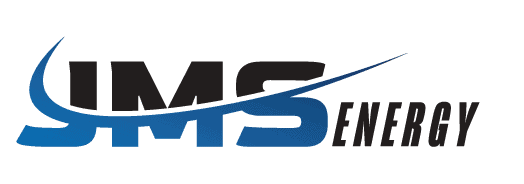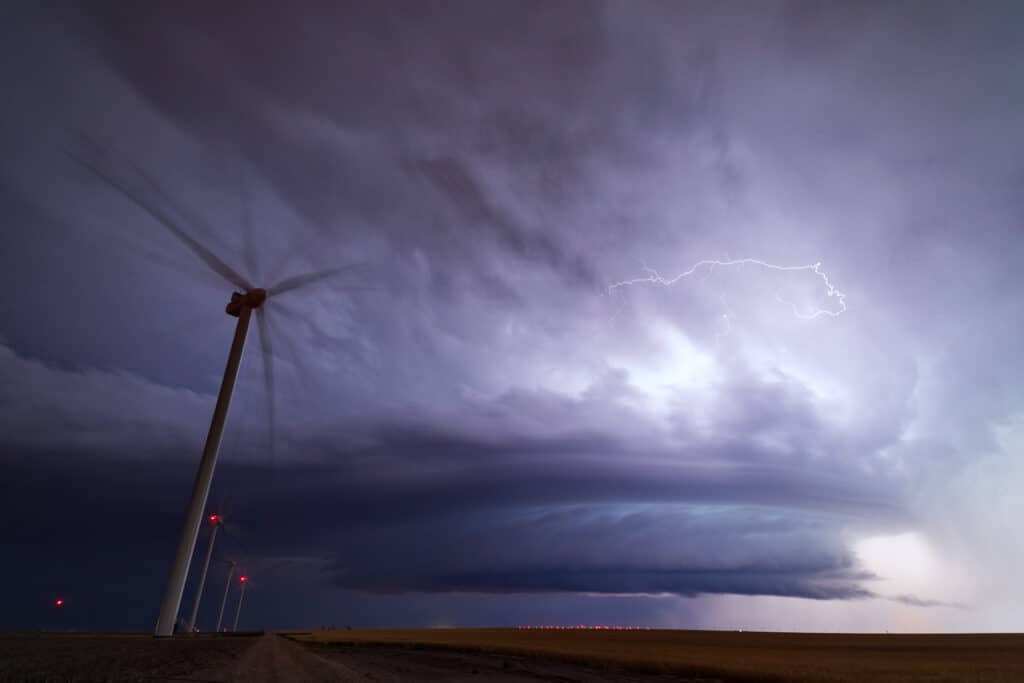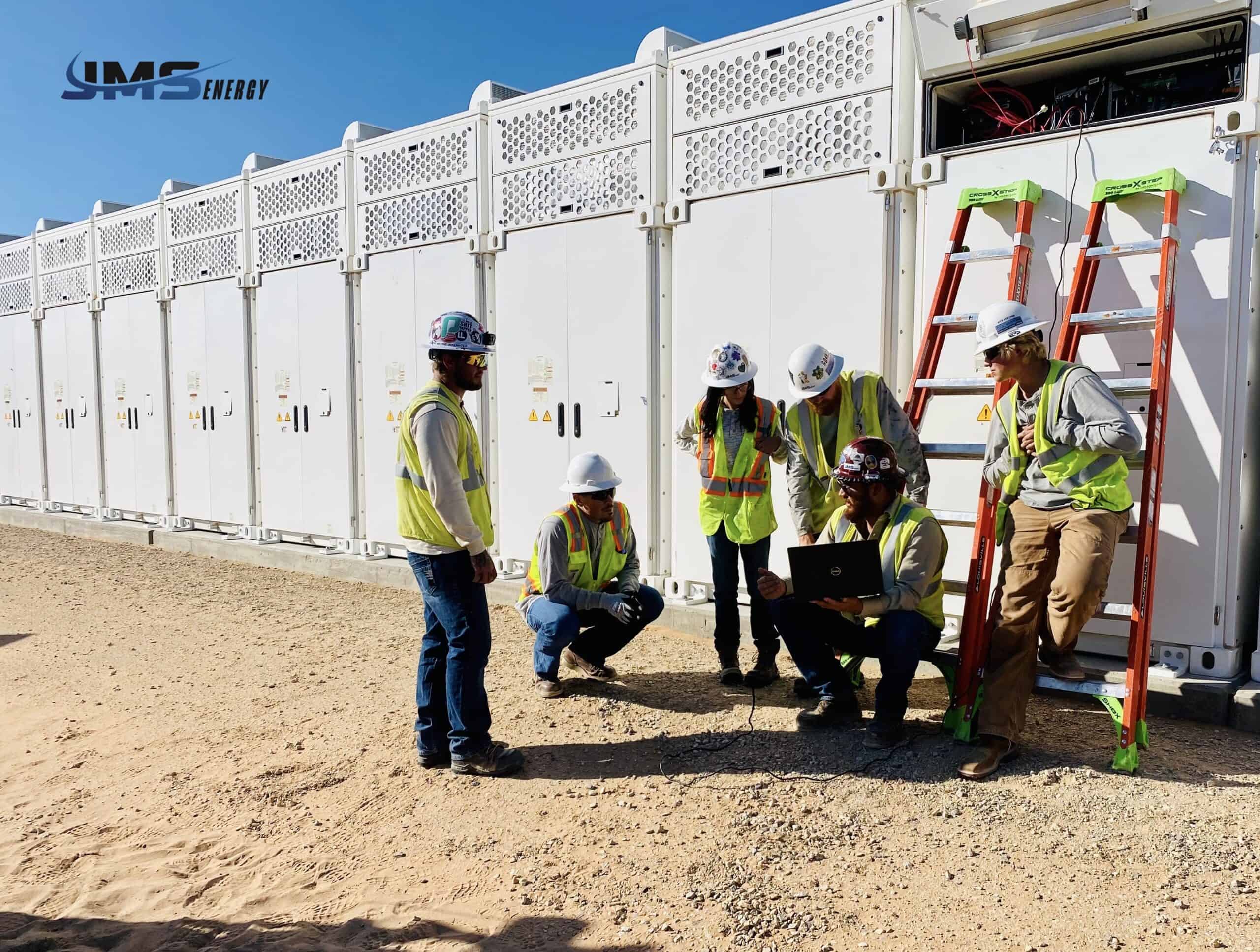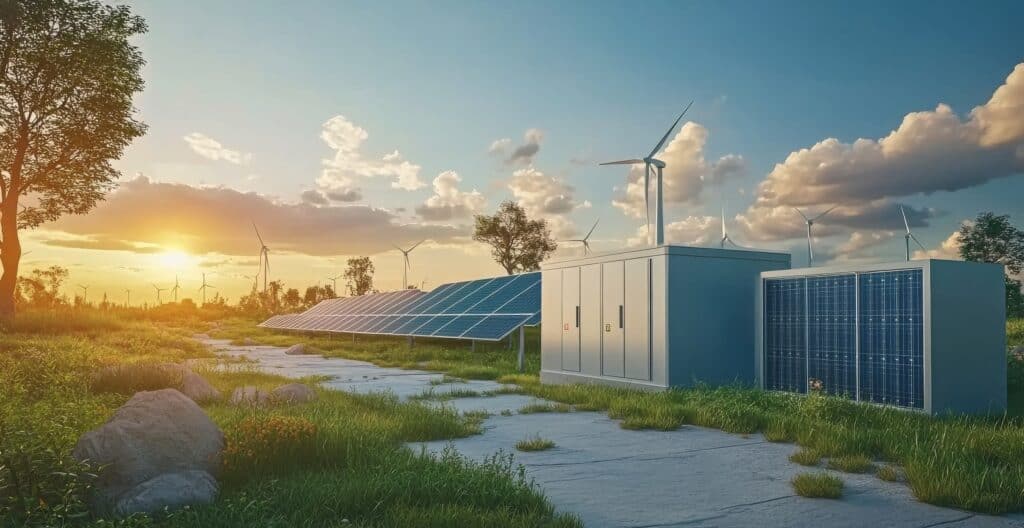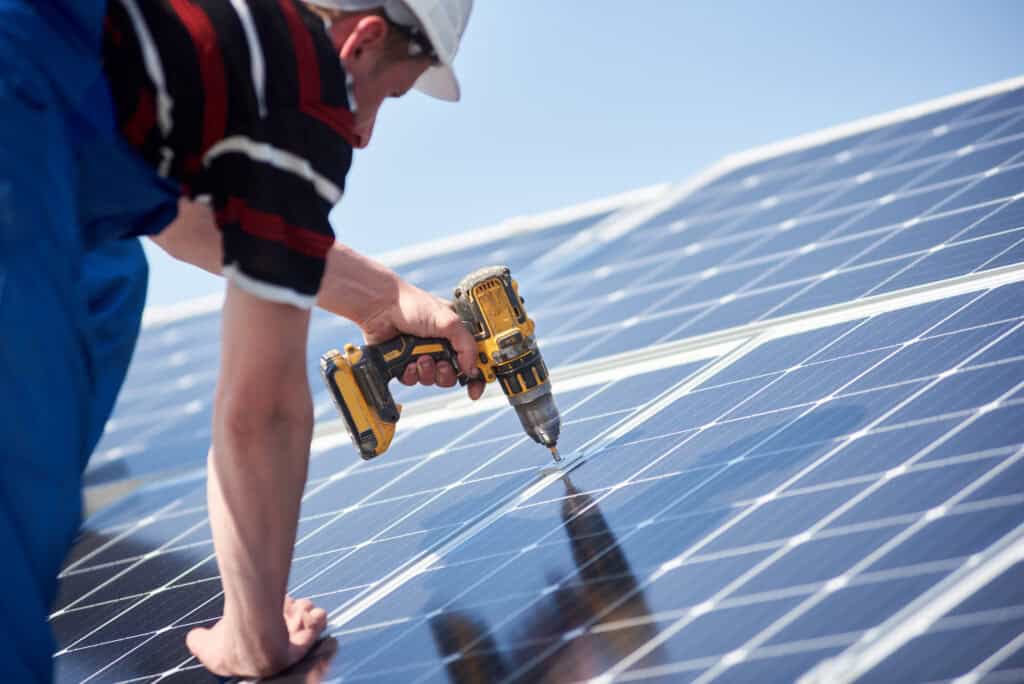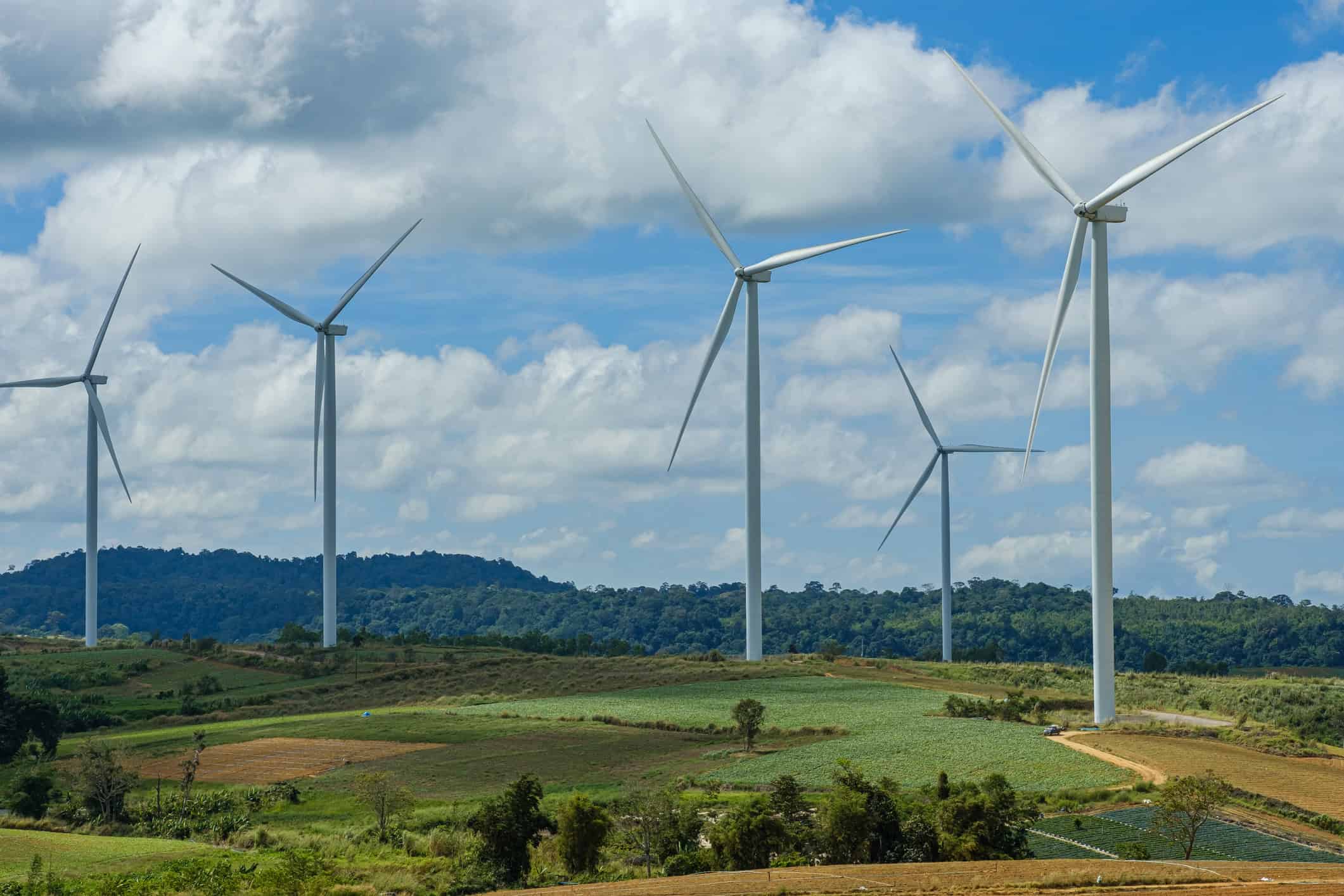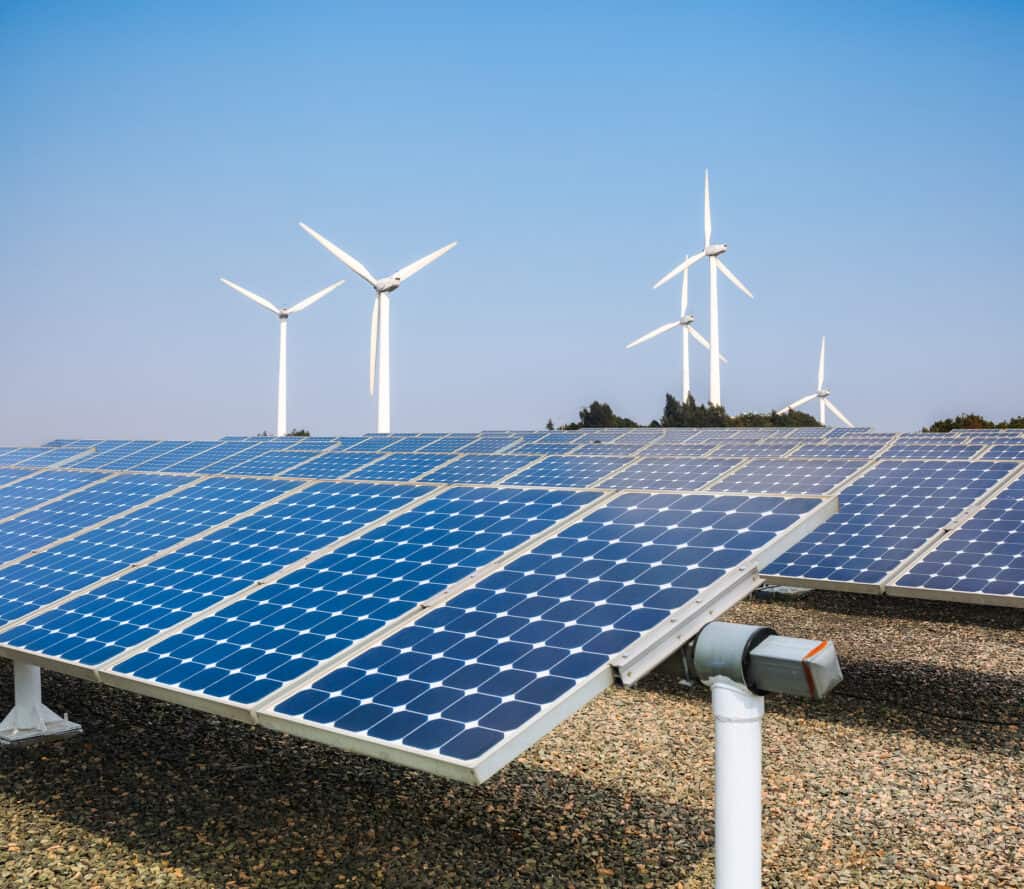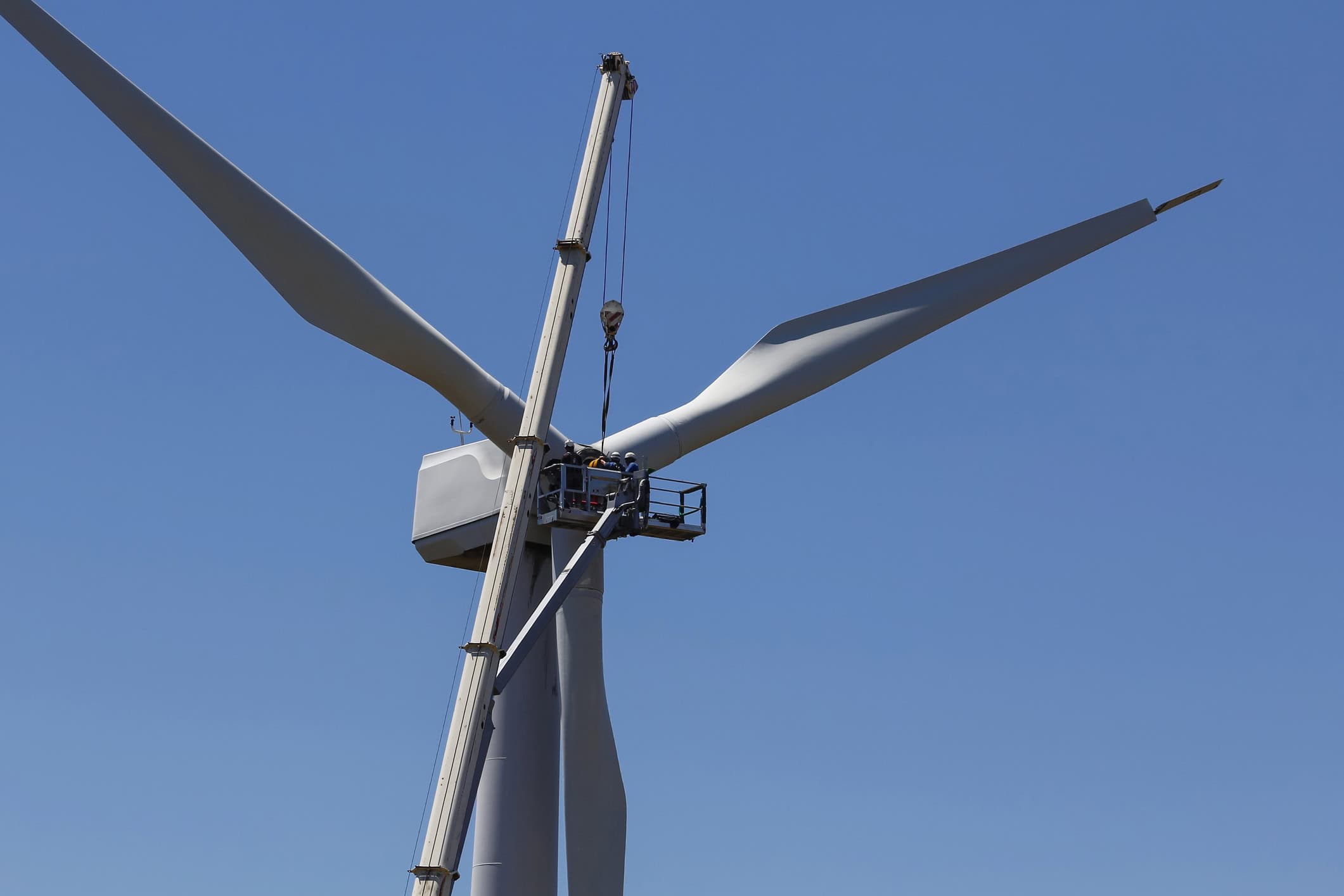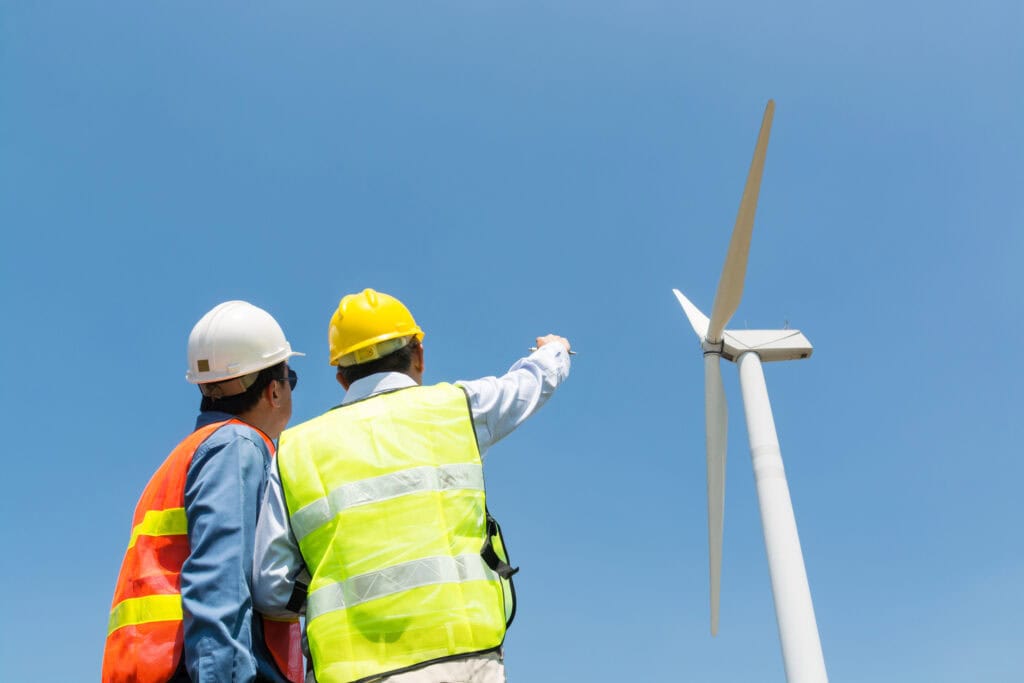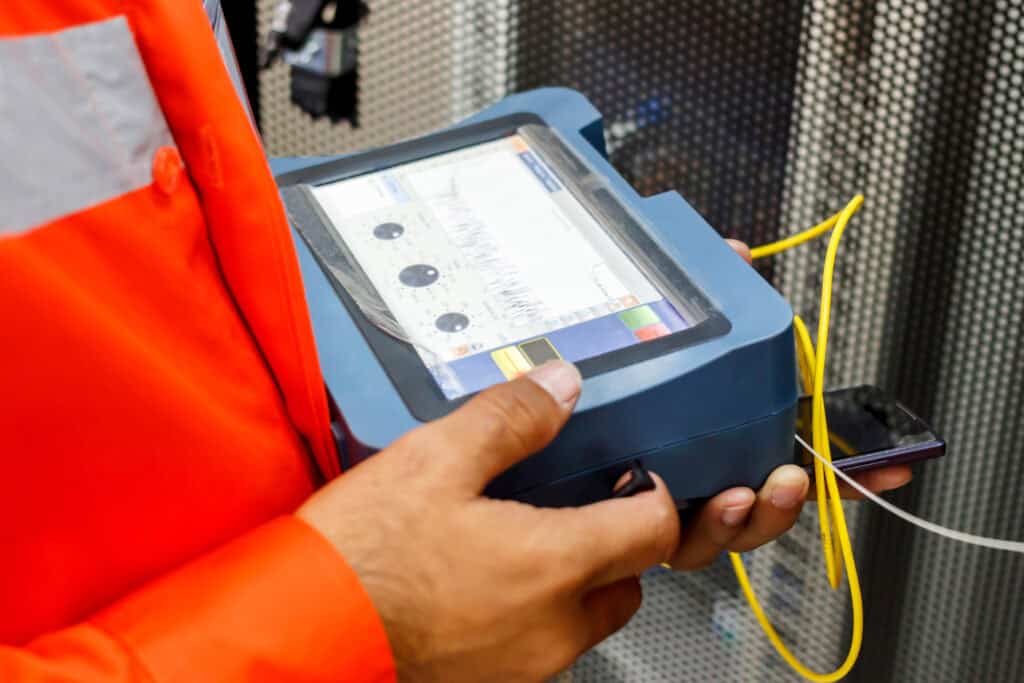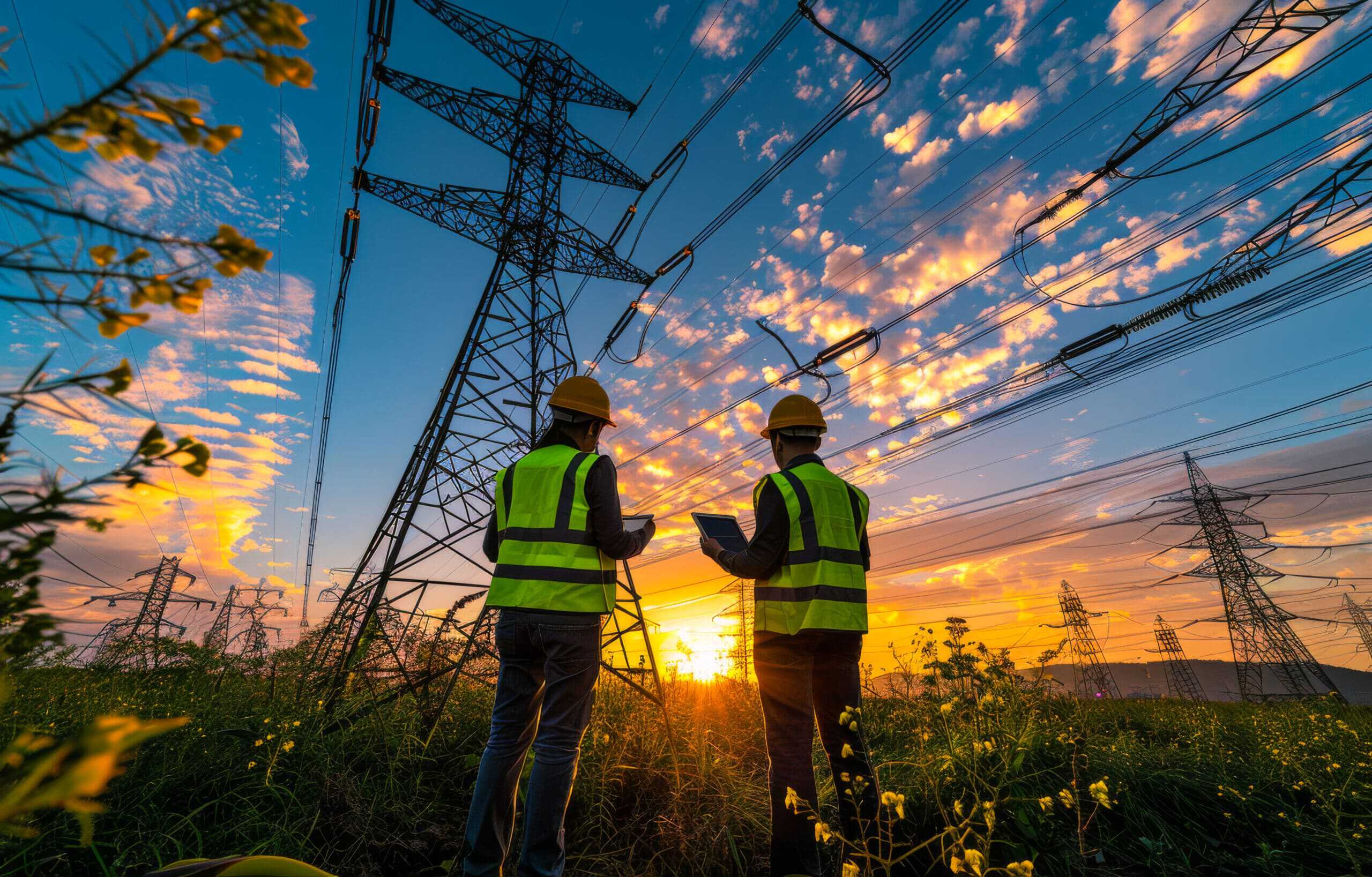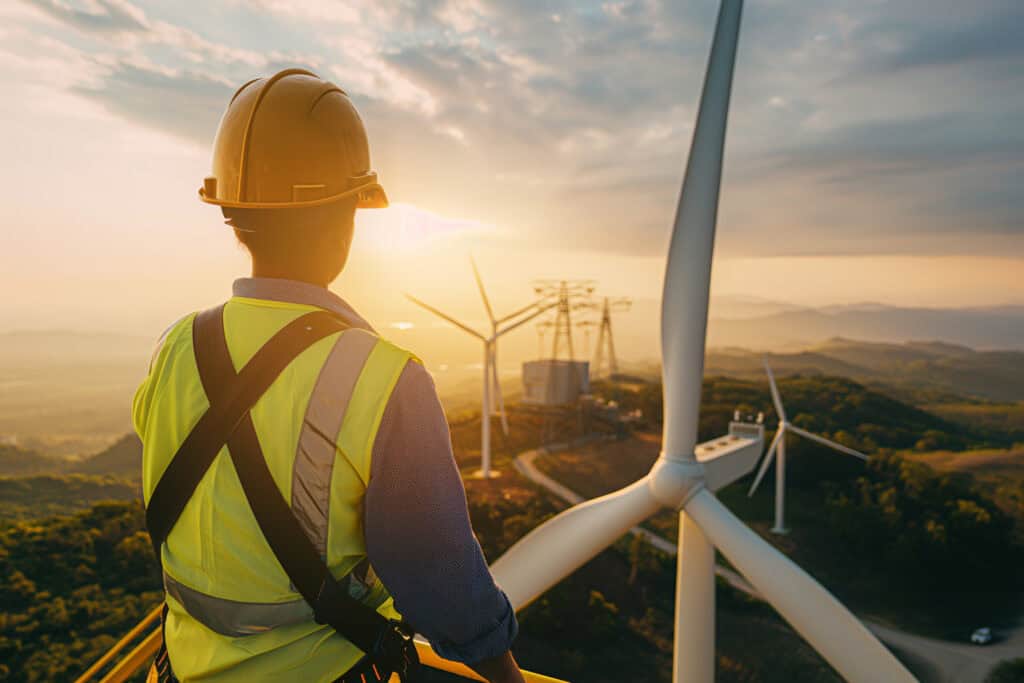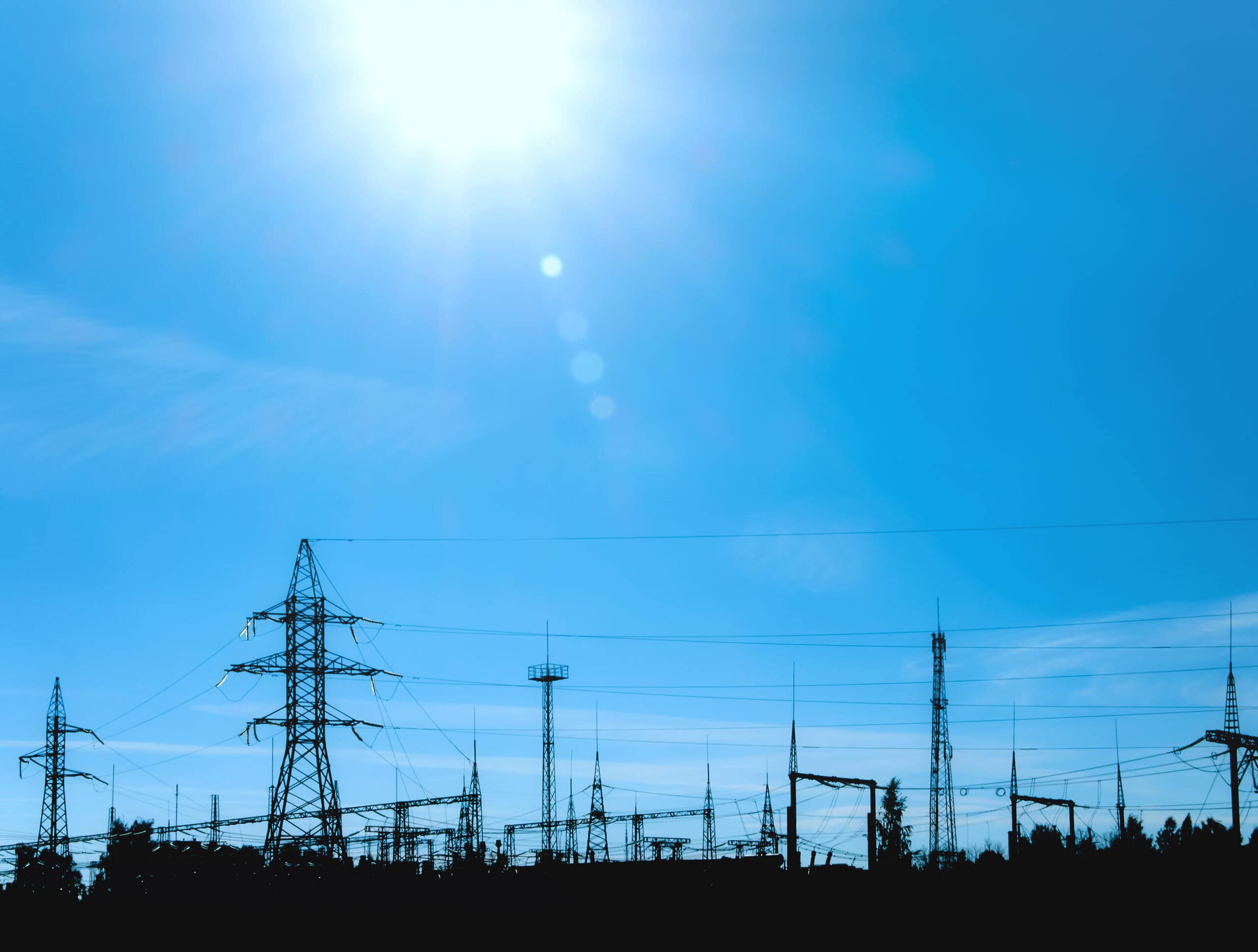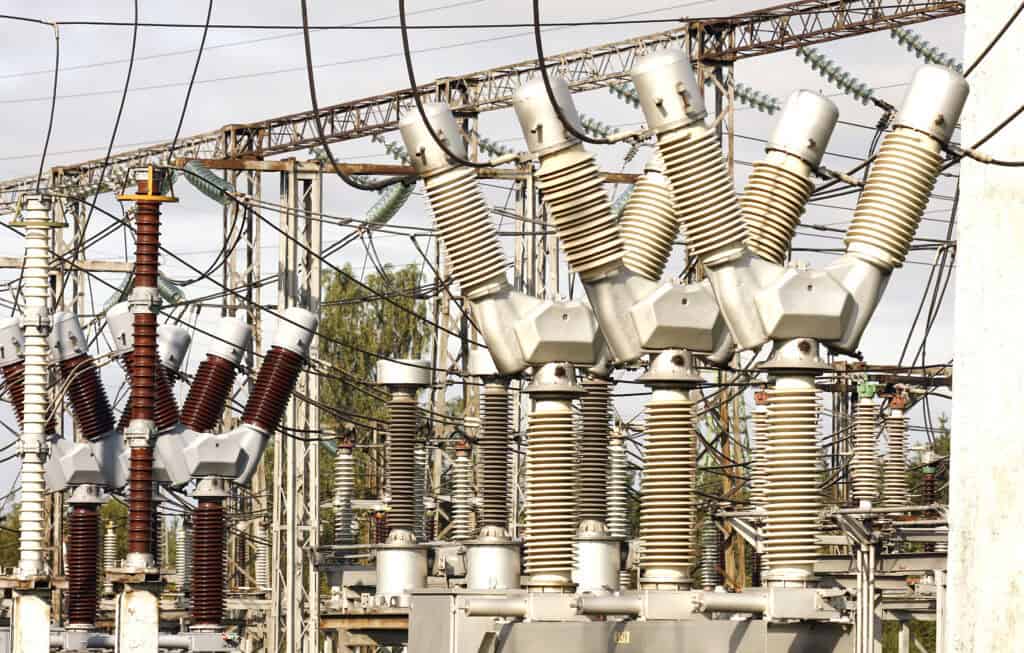In the ever-evolving sphere of renewable energy, wind power maintenance stands as an important aspect to the rise of clean electricity. As towering turbine blades harness the kinetic energy of the wind, the importance of efficient maintenance is underscored, ensuring uninterrupted and optimal performance. At the forefront of wind power maintenance is JMS Energy, a leading provider of specialized services that guarantee the longevity and efficiency of wind farms. This FAQ article explores the key aspects of wind power maintenance and elucidates why JMS Energy is considered the apex provider in this crucial industry segment.
Table of Contents

What Makes JMS Energy the Premier Choice for Wind Power Maintenance?
JMS Energy’s leadership in wind power maintenance can be attributed to its holistic approach to service delivery, a factor that sets it apart from competitors. The company’s track record is constructed upon the expertise of highly skilled professionals coupled with state-of-the-art technology and innovative maintenance strategies. JMS Energy’s commitment is not only to maintain but to enhance turbine performance, prolonging equipment lifespan and maximizing energy yield.
Their approach is multifaceted, involving preventive maintenance to identify potential issues before they escalate, corrective maintenance to address any unexpected problems promptly, and performance optimization to ensure turbines operate at their peak efficiency. This comprehensive methodology is supported by cutting-edge diagnostic tools that provide real-time data and analytics, empowering JMS Energy to execute precision maintenance that reduces downtime and operational costs.
How Does JMS Energy Approach Preventive Wind Power Maintenance?
Preventive maintenance is central to JMS Energy’s service offering, aspiring to prevent failure before it occurs. This proactive strategy involves regular inspections and monitoring of wind turbine components to detect anomalies early. JMS Energy employs advanced technologies, such as non-destructive testing and thermal imaging, to assess the condition of turbine parts without the need for disassembly. This allows for early identification of wear and tear or mechanical stress, enabling maintenance teams to address issues before they impact turbine operation.
JMS Energy’s preventive maintenance schedule is meticulously planned, taking into consideration manufacturer guidelines and specific site conditions. By tailoring maintenance schedules to the unique needs of each wind farm, they can optimize resource allocation and minimize disruptions to electricity generation.
What Distinguishes JMS Energy’s Corrective Maintenance Services?
In the realm of corrective maintenance, swift action is crucial to rectify faults and mitigate downtime. JMS Energy excels in this domain by leveraging a well-coordinated response system designed to address issues expediently. Their teams are equipped with the knowledge and tools necessary to diagnose problems accurately and implement effective solutions swiftly.
The corrective maintenance process at JMS Energy involves a series of meticulous steps: fault identification, root cause analysis, repair execution, and post-repair evaluations. This structured approach ensures that repairs are not only effective in the short term but also sustainable in the long term, helping to avoid recurrence of the issues. The use of mobile service units is a notable strategy employed by JMS Energy, allowing rapid deployment to resolve on-site technical challenges efficiently.
How Does JMS Energy Optimize the Performance of Wind Turbines?
Performance optimization is a testament to JMS Energy’s commitment to excellence. Understanding that maximum efficiency results in increased energy production and profitability, JMS Energy employs cutting-edge analytics and diagnostic tools to continually assess turbine operations.
Their performance optimization services involve calibrating and fine-tuning turbine settings, upgrading equipment where necessary, and implementing software updates that enhance control system efficiency. By harnessing data analytics, JMS Energy can provide insights into turbine performance and recommend actions to improve output.
Furthermore, JMS Energy focuses on enhancing the aerodynamic performance of turbines through innovative blade upgrades and surface inspections. These efforts reduce drag, improve lift, and ultimately boost power generation.
To What Extent Does JMS Energy Commit to Safety and Environmental Sustainability?
Safety and environmental sustainability are core values ingrained in JMS Energy’s business operations. The company adheres to strict safety protocols to protect both their workforce and the surrounding environment. Through comprehensive safety training programs and regular audits, JMS Energy ensures adherence to industry standards and regulations.
Moreover, the company’s dedication to environmental sustainability is evident in its meticulous planning of maintenance activities to minimize ecological impact. By utilizing environmentally friendly materials and waste disposal methods, JMS Energy ensures that their operations align with the broader goal of preserving the natural environment.
How Does JMS Energy Utilize Technological Innovations in Their Maintenance Practices?
Technological innovation is at the heart of JMS Energy’s maintenance philosophy. The company is continually adopting new technologies to enhance service delivery and operational efficiency. From remote monitoring systems that leverage IoT (Internet of Things) technology to ensure real-time tracking of turbine performance, to the use of drones for aerial inspections that provide detailed visuals of turbine blades and towers, JMS Energy is pioneering the use of technology in wind power maintenance.
Their integration of artificial intelligence (AI) and machine learning further refines maintenance practices. By predicting failures before they occur, AI-driven models enable JMS Energy to optimize maintenance schedules and improve decision-making processes, ultimately leading to higher reliability of wind energy systems.
What Training and Expertise Do JMS Energy Maintenance Teams Offer?
The expertise of JMS Energy’s maintenance teams is unparalleled in the industry. Staffed by seasoned professionals with extensive experience in wind power, the teams undergo continuous training to stay abreast of the latest industry trends and technological advancements. JMS Energy invests significantly in the professional development of their workforce, providing both theoretical and practical training modules.
This commitment ensures that their technicians possess the knowledge and skills required to handle complex maintenance tasks efficiently. The emphasis on specialization allows JMS Energy to cultivate teams of experts who can deliver customized solutions tailored to specific equipment and site conditions.
Conclusion – Wind Power Maintenance
JMS Energy stands at the forefront of wind power maintenance through a meticulous blend of technical expertise, advanced technology, and unwavering commitment to quality. By fostering a culture of proactive maintenance, swift corrective actions, performance optimization, and robust safety measures, JMS Energy not only maintains but also enhances the functionality of wind turbines. For stakeholders in the renewable energy sector seeking reliable and efficient maintenance partners, JMS Energy’s services represent an unparalleled investment in the sustainability and efficacy of wind power installations.
